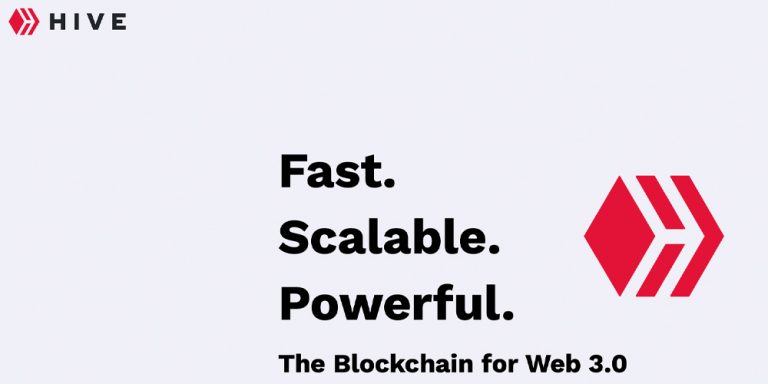There is a shortage of assets globally. This is not going on two decades. While there are a number of reasons for this, one of the major ones is the growth in GDP, mostly due to China. As economic expansion took place, asset creation did not keep pace.
Fortunately, tokenization offers the opportunity to create assets at an exponential rate.
As asset is essentially something that carries value that can be transferred. This is something that can be done across time and span geographically. A share of stock in a publicly traded company has market value. This can be moved by selling to someone regardless of where they are.
Assets are important since they are used as collateral. Basically, they can be thought of as a share of GDP. The totality of the asset base needs to expand as economic output increases.
This is a situation that is only going to get worse based upon technology and the rise of the global south.

Developing Nations
Over the last decade, we see the rise of the global south starting to take place. The continents of South America and Africa hold great potential Countries throughout those regions are seeing technology aid in their economic evolution. This is coinciding with the developed nations starting to feel the economic loss due to high debt and aging populations.
We saw the enormous potential of software with the release of ChatGPT4. That woke up many to the pace of advancement in this area. We are witnessing similar gains, albeit more difficult, with robotics.
In short, technology is likely taking us into an age where we see exponential growth.
This creates a massive problem. As GDP increases due to technology, coupled with the advancement of many developing countries, it is probable the asset base falls further behind. This, too, is in need of exponential growth.
One of the things holding asset growth back is due to the fact that value is a social construct. To be used as collateral, an agreement is required. This is what helped to create this situation in the first place. At one time, the global financial system highly value mortgage backed securities (MBS) and sovereign debt. The Great Financial Crisis and ensuing negative interest rate policy (NIRP) destroyed that.
Now we are finding ourselves in a major shortage of assets.
Hive NFTs
In the past we covered a couple of the networks that are being developed. This is infrastructure that will compliment Hive. There is the SpkNetwork and Virtual Smart Contract. Both are going to bring smart contract capabilities to Hive.
Why is this crucial? Because it puts Hive in the NFT game.
This is an area of cryptocurrency that has been overlooked. We naturally are not denying the NFT bubble that took place. That was, however, experimentation. When something is so immature, it tends to bubble like that.
NFTs hold great promise because they are the tokenization of value. It is more than simply ownership of a .jpg. Instead, we are dealing with a financial mechanism that solves the asset deficit problem.
In the past we discussed Hive Bonds. Those are a NFT representation of HBD that is placed into savings. The idea is to create a unique asset that have market value, based upon time and the associated payouts, that can be collateralized. This is something that has social agreement based upon the future returns.
Blockchain helps us to democratize assets. Anyone with a Hive account can hold NFTs. We see this in the early stages with DLUX. There is no custodian associated with the asset. Of course, at this time, there isn't much that can be done with it.
Here is where infrastructure enters. When exchanges are build whereby people can swap assets, this helps to provide value. Liquidity is crucial and bringing things to market for trading removes friction. This increases the value of the assets. There is a premium paid to sell non-liquid assets. Anyone who ever sold a house realizes this.
At the same time, platforms need to be constructed to foster the financialization of these assets. Trading is one piece of the puzzle. Another is to actually leverage for greater economic growth. In addition to NFTs, we see where layer 2 tokens can enter.
Hive talks about community. This takes on a different meaning in Web 3.0. When a group of people tokenize, they essentially create a value capture token for the activity associated. This means that value can be derived, especially if network effects are present. Again, we now have an asset that can be used for financial purposes.
The blending of social media and finance is occurring. This could be much deeper than people think.
Hive is positioning itself by establishing communities and then creating the infrastructure to integrate the financial services that are required.
Do not overlook the blending of these two sectors. This is something where Hive stands out in the Web 3.0 world.
If you found this article informative, please give an upvote and rehive.

gif by @doze

logo by @st8z